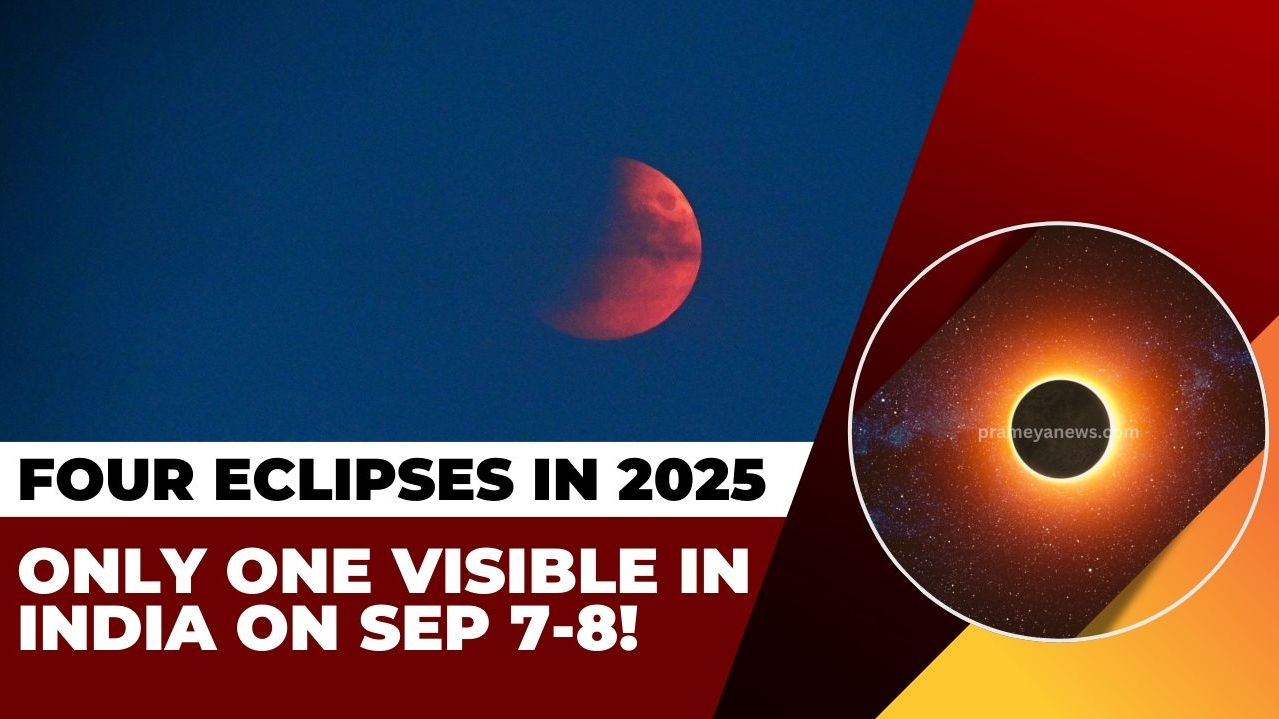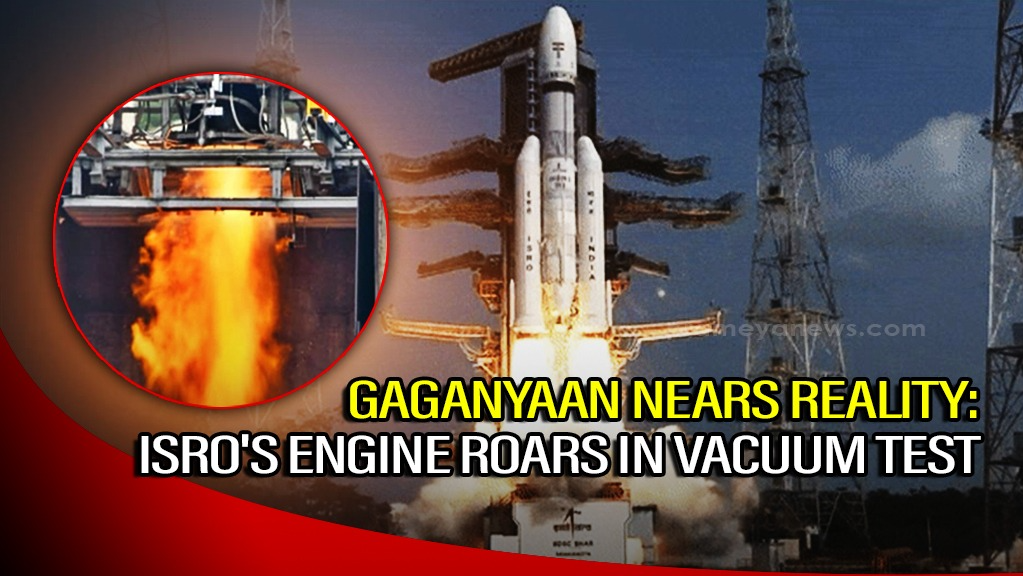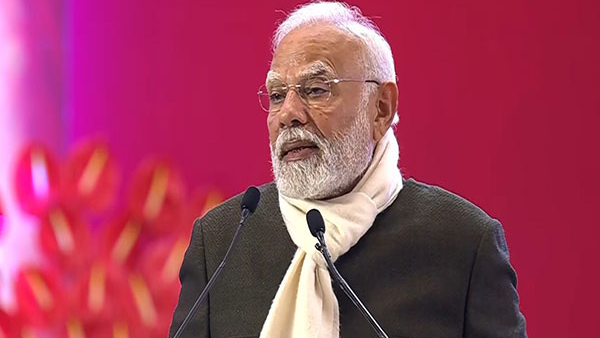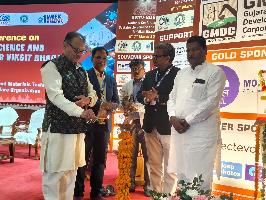
The Water-Guzzling Basmati Rice is creating Punjab’s Water Crisis and joepardising its future – Read for more details

Synthetic Holi Colours can ruin your Hair & Skin follow these smart Strategies for Pre & Post Holi protection

78-year-old Sukli Majhi would tattoo at least twenty girls each season: The Vanishing Tribal Tattoo Traditions of Odisha

World Kidney Day 2025: Your Kidneys, your life, dodge Kidney diseases by following simple lifestyles tips

"Bhai, you are a lakhpati now": Man's Forgotten 1980s Reliance Certificates Now Worth ₹12 Lakh

Odisha govt. urges odia community in 22 countries to celebrate Pakhala Dibasa

Cockroach Milk: Superfood or Super-Gross? Hype, Health, and the Ick Factor

Kush Maini: From F1 to F2 takes on Dual Role with Alpine

Manchester Student's Controversial Virginity Auction: A Controversial Path to Financial Security

Holi 2025: Myths & legends behind Dola Purnima

Fenugreek Seeds: The kitchen spice for healthy, gorgeous Hair and a healthy Scalp. Know details here

Four Eclipses in 2025: Only one Total Lunar Eclipse on September 7-8 to be visible in India

Ranveer Allahbadia's turning point in 2017 when he partnered with this person: Who helped Ranveer Allahbadia build the BeerBiceps brand

Can Nootropics, Vitamin D & K, Omega-3s supplements be your Brain's Best Friend? Read details here

Holi 2025: Outfit ideas for stylish & fun celebration

Inside India's Most Hauntingly Documented Hotel: Where the ghost of a British officer still patrols the grounds

How Bhubaneswar's Youth Are Transforming Women's Day Celebrations: " Media covers famous women, but we wanted to spotlight eveyday heroines in our city"

Chef Ankita: From Law Books to Ladles – A Women's Day Tale of Culinary Courage

Sweta Mishra: The Story of a Baker Who Dared to Dream (and Dough)

Chef Sara: Women's Day Culinary Magic – A Thai Chef's Odisha Adventure



















































